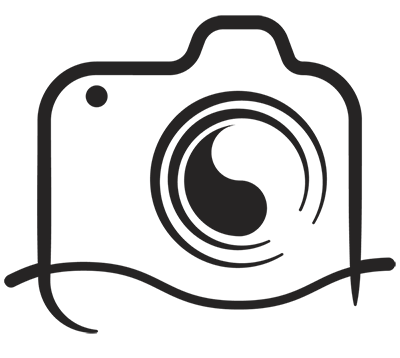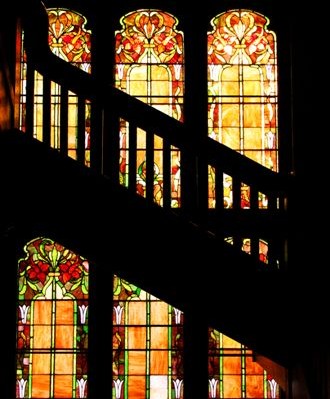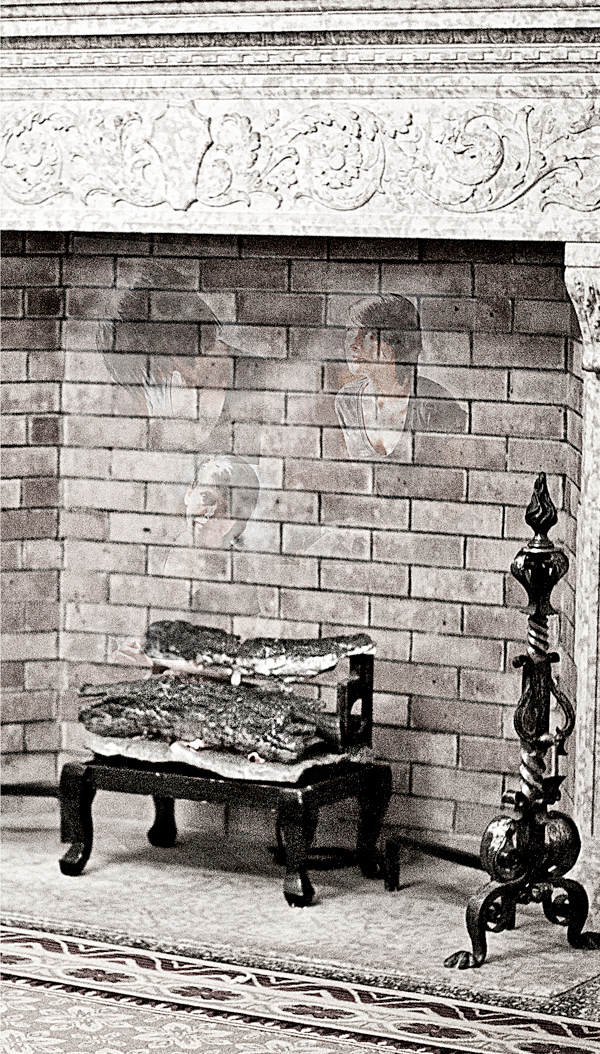Please note the new changes to the Clinic Sub-Categories Black and White/Monochrome, Traditional (Color), and Altered Reality (Creative)
Traditional
- To be considered Traditional, a photograph must be in color, look natural, and reasonably reflect the reality as seen at the time the image was taken. Techniques that enhance the presentation without changing the essential pictorial reality are therefore acceptable.
- Photography techniques shot in camera allowed:
- Lens Filters (color, polarizer, graduated filter)
- Tilt-shift lenses
- Lighting using flashes/strobes
- Long exposure (without sense of movement)
- Photography techniques shot in camera NOT allowed:
- Panning or zooming (both would result in an image with a blurred background – something that would not appear natural or as the eye would see)
- Long exposures resulting in motion (car light tails, star trails, fireworks) (all these would result in images with a blurred element – something that would not appear natural or as the eye would see)
- Fisheye lens
- Post processing techniques allowed:
- Color correction, white balance, brightness, contrast
- Sharpening
- Dodging or burning. Minimal HDR would be acceptable
- Cropping, straightening, rotation, merging/stitching panoramic images
- Lens correction or fixing perspective
- Removing spots due to dust on your sensors or due to bad pixels
- Borders equivalent to matting can be added
- Removing minor elements that detract from the main subject
- Special effects (in camera or post processing) must appear natural (as what the human eye would see). These include: star and softening. Special effects cannot be added (light rays or fog) if they were not part of the scene at the time the image was taken.
- Post processing techniques NOT allowed:
- No elements may be moved, cloned, added, or rearranged
- Computer or in camera special effects that appear unnatural (dramatic star, over-softening, multi-vision, rainbow)
- Any HDR that makes the image look unnatural
- The image must begin as the maker’s photograph of a real subject, whether captured digitally or scanned from a negative or slide. The final image cannot be combined from more than one photograph (with the exception of panoramas).
- It will be up the Chairman’s discretion as to whether any technique has crossed the lines described above. Such photos will be removed from the clinic.
Black and White / Monochrome
- Same as rules as Traditional except image must be black and white, monochrome, infrared, bi-tonal or sepia.
- No altered reality in Black and White/Monochrome.
Altered Reality
- The photograph must NOT look natural.
- You are encouraged to exercise your imagination and stray as far from that real subject as you like, using design elements, color and light in non-traditional ways to produce abstract, impressionistic and experimental effects not achievable by standard photographic means.
- The image(s) must begin as the maker’s original photograph of a real subject, whether captured digitally or scanned from a negative or slide.
- All images submitted must include the technique used. Judging is based on the image and not the photographer’s computer skills.
- Examples that are NOT acceptable:
- images that are merely black-and-white, infrared, or sepia,
- images merely captured from an unusual angle or upside down
Share This Post


